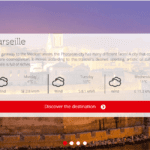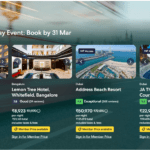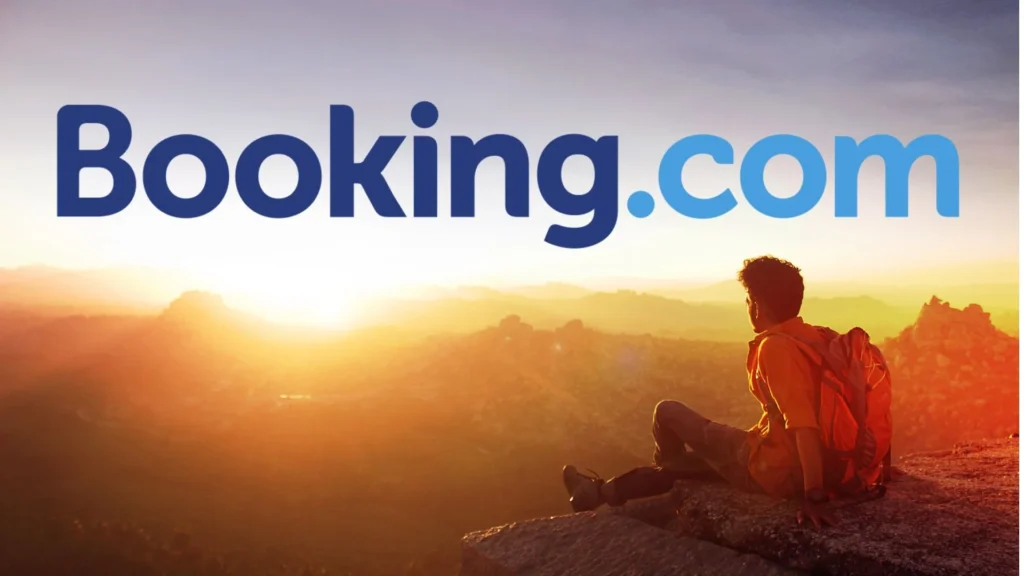
Traveling the world doesn’t have to drain your bank account. Contrary to what glossy Instagram feeds and luxury travel commercials suggest, exploring the globe can be affordable, even on a tight budget. With the right planning, creativity, and a sense of adventure, you can satisfy your wanderlust without breaking the bank.
This ultimate guide will take you through everything you need to know about budget travel—from planning and transportation to accommodation, food, and tips for staying safe and savvy on the road.
Chapter 1: Mindset Shift—Travel Doesn’t Have to Be Expensive
The first step to budget travel is letting go of the belief that travel is only for the wealthy. Traveling cheap isn’t about sacrificing quality—it’s about being smart and resourceful. Instead of five-star hotels, think homestays. Instead of luxury tours, think local experiences. You’re not just saving money—you’re getting a more authentic experience.
Many travelers discover that some of their most meaningful journeys come from unexpected, off-the-beaten-path places. Travel is not about luxury; it’s about connection, culture, and curiosity.
Chapter 2: Plan Smart—Where and When Matters
Pick Budget-Friendly Destinations
Choosing the right destination can make or break your travel budget. Southeast Asia, Eastern Europe, parts of Central and South America, and some African countries offer incredible value. For example, in Vietnam or Nicaragua, you can live comfortably on $25–$40 a day.
Look for places where your currency goes further and where the cost of living is low. Avoid peak tourist spots unless you’ve snagged a great deal or have a specific reason to go.
Travel in the Off-Season
Avoiding peak travel times can save you hundreds on flights and accommodations. For most destinations, shoulder seasons (just before or after peak season) offer better prices and fewer crowds. You’ll still get good weather in many cases—just without the inflated prices.
Chapter 3: Budget Transportation—Getting There and Around
Score Cheap Flights
Flight prices can be one of the biggest expenses—but they don’t have to be. Use tools like:
- Google Flights for flexible date searches
- Skyscanner and Momondo for comparing deals
- Hopper for price predictions and alerts
Tips to save:
- Be flexible with dates and destinations.
- Book flights mid-week, especially Tuesday or Wednesday.
- Use incognito mode when searching to avoid price hikes.
Alternative Travel Methods
- Buses and Trains: In many countries, overland travel is cheaper than flying. Trains in India or buses in Mexico are incredibly budget-friendly.
- Rideshares: Apps like BlaBlaCar or local Facebook groups connect travelers with drivers.
- Budget Airlines: In Europe and Asia, low-cost carriers like Ryanair or AirAsia offer ultra-cheap flights.
Just beware of hidden fees—like charging extra for carry-ons or printing boarding passes.
Chapter 4: Affordable Accommodations
Hostels
Hostels are no longer just for backpacking teens. Many now offer private rooms and amenities like coworking spaces and cafes. Websites like Hostelworld and Booking.com make it easy to find options based on reviews and price.
Homestays and Guesthouses
Staying with locals not only saves money but also enriches your travel experience. Look for:
- Airbnb (especially rooms in shared apartments)
- Couchsurfing (free stays with locals)
- Workaway/WWOOF (volunteer in exchange for accommodation and meals)
House Sitting
Platforms like TrustedHousesitters allow travelers to stay in homes for free in exchange for watching pets or plants. It’s a win-win!
Chapter 5: Eat Well Without Overspending
Cook Your Own Meals
Staying somewhere with a kitchen can cut costs dramatically. Local markets are great for fresh, cheap ingredients—and a peek into everyday life.
Street Food and Local Eateries
Street food isn’t just cheap—it’s often the most authentic cuisine you’ll find. From tacos in Mexico to pad thai in Thailand, you can enjoy full meals for just a few bucks.
Eat Where Locals Eat
Avoid restaurants with tourist menus or signs in multiple languages. Ask locals where they eat—it’s usually tastier and much cheaper.
Chapter 6: Activities and Experiences on a Budget
Free Walking Tours
Many cities offer free walking tours, which are tip-based. They’re informative, fun, and a great way to meet other travelers.
Museum Free Days
Do some research—many museums have free admission days or reduced prices on certain nights of the week.
Nature is Free
Hiking, swimming, biking, or beach-lounging are often free or super cheap. Take advantage of the great outdoors.
Work or Volunteer
Programs like Workaway, Worldpackers, or WWOOF allow you to exchange a few hours of work for lodging, meals, and local experience.
Chapter 7: Budget Travel Tech and Tools
Top Travel Apps
- Maps.me or Google Maps offline – for getting around without data
- XE Currency – real-time currency converter
- Rome2Rio – find the cheapest way to get from point A to B
- Splitwise – manage group expenses
SIM Cards and Data
Buying a local SIM card is often cheaper than international roaming. Alternatively, use eSIM services like Airalo to stay connected.
Chapter 8: Travel Insurance—Don’t Skip It
Travel insurance might seem like a luxury, but it’s actually essential—especially for long-term or international travel. Companies like SafetyWing, World Nomads, and Heymondo offer affordable plans tailored to budget travelers.
You’ll be covered in case of illness, theft, or emergency, which can save you thousands.
Chapter 9: Money Matters—Handling Finances Abroad
Use No-Fee Cards
Get a debit or credit card that doesn’t charge foreign transaction fees. Some popular options include:
- Charles Schwab debit card (no ATM fees)
- Capital One Venture card
- Revolut or Wise for multi-currency accounts
Budget Tracking
Keep an eye on your spending using apps like Trail Wallet, Mint, or even a good old spreadsheet.
Chapter 10: Long-Term Budget Travel
If you’re planning to travel for several months or more, consider:
Slow Travel
Staying longer in one place saves money on transport and allows you to negotiate better accommodation deals. It also gives you time to immerse yourself in the local culture.
Digital Nomadism
If you can work online, the world becomes your office. From freelance writing to teaching English or doing virtual assistance, remote work can fund your travels.
Travel Hacking
Collecting points through credit cards, flight programs, and promotions can net you free flights and hotel stays. Just be sure to pay off balances in full.
Chapter 11: Safety and Scams—Staying Smart Abroad
Budget travel doesn’t mean unsafe travel. Stay aware, be respectful of local customs, and trust your gut. A few tips:
- Don’t flash valuables.
- Use a money belt or hidden pouch.
- Keep copies of important documents in the cloud.
- Avoid common tourist scams (research ahead!).
Chapter 12: Packing Like a Pro
Traveling light is not just cheaper (no baggage fees!)—it’s also liberating.
Essentials:
- Backpack or carry-on suitcase (45L is ideal)
- Versatile clothing (layerable and quick-dry)
- Reusable water bottle
- Microfiber towel
- Power bank & universal adapter
- First aid basics
The less you carry, the more you can move freely—and cheaply.
Chapter 13: Budget Travel Myths—Busted
Myth 1: You need to quit your job to travel.
Reality: With remote work, sabbaticals, and strategic time off, you can travel without giving up your career.
Myth 2: Budget travel means bad experiences.
Reality: Often, budget travelers end up having more authentic, enriching, and spontaneous adventures.
Myth 3: Only young people can travel cheap.
Reality: Travelers of all ages, from families to retirees, are exploring the world affordably.
Chapter 14: Community and Connection
One of the best parts of budget travel is meeting others on the same path. Whether you’re bunking in a hostel, volunteering on a farm, or attending a local event, you’re bound to make meaningful connections.
Join travel forums, Facebook groups, or apps like Travello or Backpackr to connect with others nearby.
Final Thoughts: Your Journey Starts Now
Budget travel isn’t about doing less—it’s about doing things differently. It’s about trading plush pillows for starry skies, fancy restaurants for local food stalls, and expensive resorts for life-changing encounters.
The world is more accessible than ever before. With a little planning and a lot of heart, you can turn your wanderlust into reality—on a budget that works for you.
Whether you’re dreaming of tropical beaches, snowy mountain towns, ancient ruins, or bustling cities, remember: the adventure doesn’t require a fortune—just a willingness to explore.
So pack light, stay curious, and go chase that wanderlust.






















